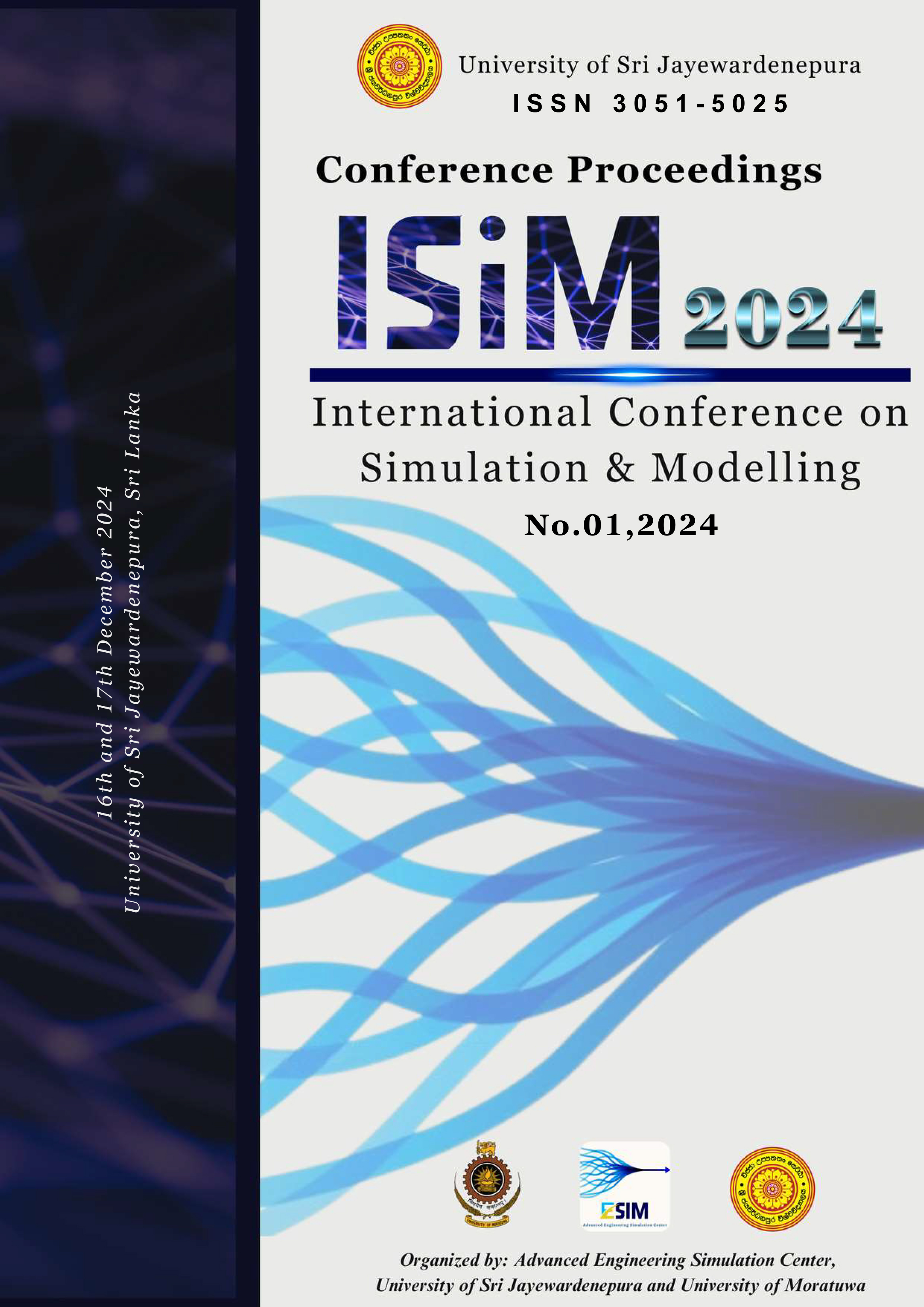Numerical Simulations of Drug Dynamics in Blood Using Compartment Modelling
Keywords:
compartment modelling, eigenvalue method,, fourth-order Runge-Kutta method (RK4), mathematical modelling, numerical method, numerical simulation, pharmacokineticAbstract
The study of pharmacokinetics is crucial in the modern world due to the need for advanced drugs to improve healthcare and combat diseases. To represent drug behavior within a patient’s body, mathematical modelling can be used and the derived system can be easily solved using numerical techniques, instead of relying solely on traditional clinical trials. This paper presents how various parameters affect drug behavior in the human body through compartment modelling which is a technique commonly used in pharmacokinetic modelling. The study used exact solution techniques like variable separation, eigenvalue method and integration factor method to solve model equations in each compartment. Since the complexity of the models can lead to challenging scenarios, this paper investigates the applicability and importance of using the fourth-order Runge-Kutta (RK4) method for pharmacokinetic modeling as
a numerical solving method. Additionally, the study will present how drug dynamics relate to the route of administration and how the maximum concentration varies as per the slight changes in the pharmacokinetic parameters used within the model under the assumptions. The findings of this study will contribute to the field of clinical science and biomedical engineering by expediting the drug development process and improving the quality of drugs.

